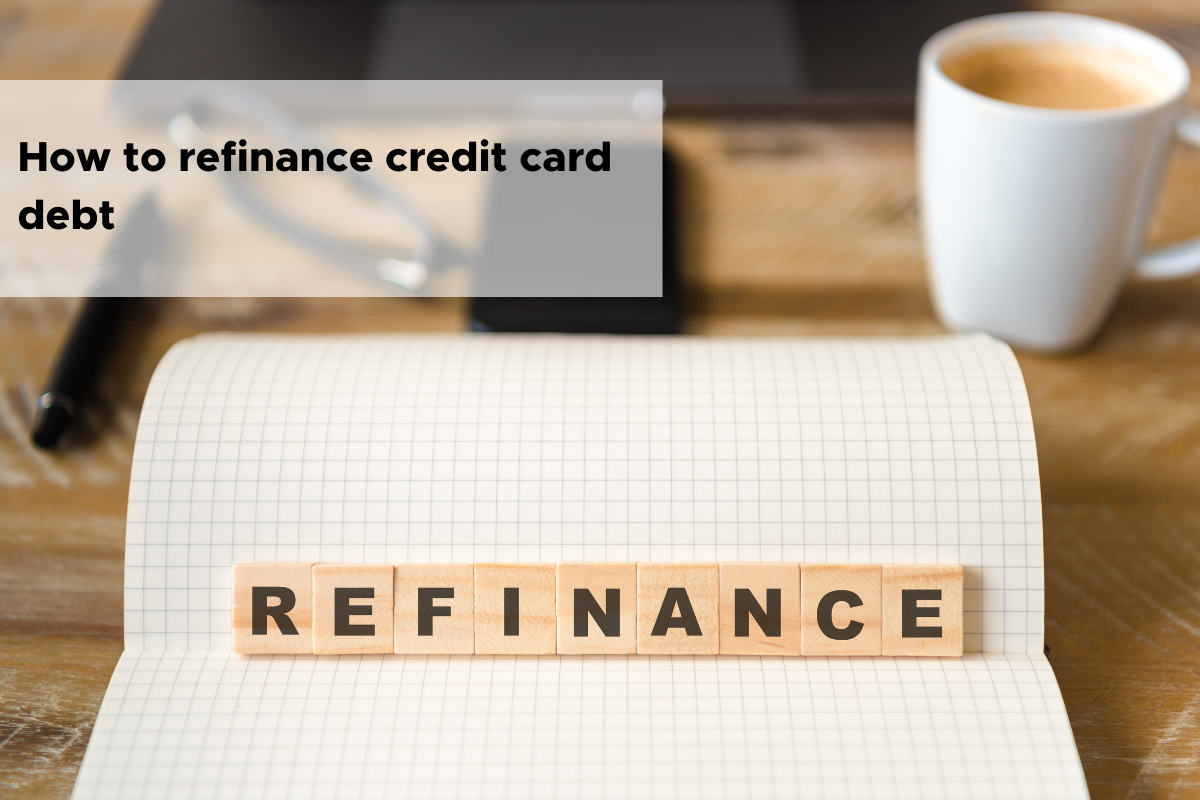

New Year is a great time to set financial goals or start your journey to financial freedom. Here are our tops to using the SMART method for setting goals.
With 2021 coming to a close, it’s a good time to reflect on the year just gone and set financial goals. The New Year is a great time to start setting goals, but it can be overwhelming when you don’t know where to begin or how to articulate them. New Years resolutions are a time when we set career goals, exercise goals – but what about our financial goals?
Financial goals often start big. This might include paying off your credit card, adding to your retirement savings or rainy-day savings. The trouble comes with breaking down these milestones into smaller goals. These examples may spark some inspiration for your own goal, but the way to set goals is almost as important as the goal itself. Using the SMART method, we’ll give you our tips to setting goals for a prosperous 2022.
What are SMART financial goals?
SMART is an acronym meaning Specific, Measurable, Achievable, Realistic within a Timeframe. Using this framework, we can break down your financial goals, like this:
S – What exactly do you want to achieve? This doesn’t necessarily need to be a dollar amount, but can be a statement, like “I want to take steps to pay off my debt.”
M – How will you know you’re making progress?
A – What are the smaller steps you need to take to reach this goal?
R – Is this goal attainable for your circumstances?
T – What is the timeframe you want to achieve this goal by?
Our top tips for setting SMART goals
Now that we’re armed with the knowledge of setting SMART financial goals, we’ll give you our tips for how you can start.
Start a budget
Track your spending habits and start a budget. When you’ve got a goal in mind, write it down. Keep your goal somewhere you can see, like your desk or your fridge. If you can break down your budget into smaller amounts and breakdown your larger goal, you’ll be more motivated to keep going. Use our budget calculator to help you prioritise your money and start setting your budget.
Prioritise your goals
Make a list of your long-term goals and decide what’s most important. For some people, this will be paying off their debt, or for others it will be saving more money.
Look at paying off debt that has the highest interest rates. Often, it’s credit card debt that has the higher interest rates. Paying off debt with higher interest can help you decrease the total amount you pay over time. You can use the extra money you save elsewhere or add it to your savings! Once you stick to a plan to get out of debt, you’ll be able to have more freedom to do what you want to do. It might seem daunting to begin, but the journey will be worth the effort. Never forget that if you fail to plan, you plan to fail. Check out our blog for more tips on how to pay off your credit cards to lower your debt.
If your goal is to save more money, think about saving a smaller amount rather than a lump sum amount. Rather than say you want to save $500 a month, you can just plan to put aside $125 a week. Smaller amounts seem less intimidating by comparison. By seeing your savings goal decrease every week, you’ll be more motivated to keep up the success as the year goes on. Decide on a regular check in date so that you’ll be more accountable to stick to your goals. Small and steady win the race… but consistency is the true winner!
Change your routine
It’s so easy to set exercise goals by starting 3 days a week, so why is it so difficult to set financial goals?
A larger financial goal feels like it will take a long time to achieve. If it’s fun to buy something new like the latest electronics or a trendy clothing item, then we’re tempted to treat ourselves. Chances are that financial goals aren’t going to be checked off on our list for a long time. Financial goals take months, or even years to complete.
Try switching up your behaviour by setting positive routines for your finances. Chances are they will start to become the norm in your life. For example, rather than buying lunch every day at work, only save eating out for special occasions. By tweaking your behaviour, you’ll slowly be making positive actions towards your larger goals.
Save for an emergency fund
Unfortunately, life comes with unexpected surprises. You can allow for life’s ups and downs by creating a ‘rainy-day’ or emergency fund. A ‘rainy day’ fund can help you cover costs like car repairs, unexpected travel, or urgent medical bills. This safety net helps you be more prepared just in case something happens to you or a family member.
A good goal to try and save at least three months’ worth of expenses. If an unplanned emergency crops up, you won’t be knocked off your path to success.
Follow your progress!
Look at your own progress and see how far you’ve come. When you can see that your financial position has changed leaps and bounds, it starts to become easier to make it to your big goal. Don’t let challenges get in your way of financial success.
At Debt Fix, we want to help all Aussies on their journey to financial freedom. If you have had trouble with budgeting and need the help of a financial expert, then contact us today! A confidential, no-obligation discussion with our team might help you create a budget that you can stick to or start your journey to financial success in 2022.